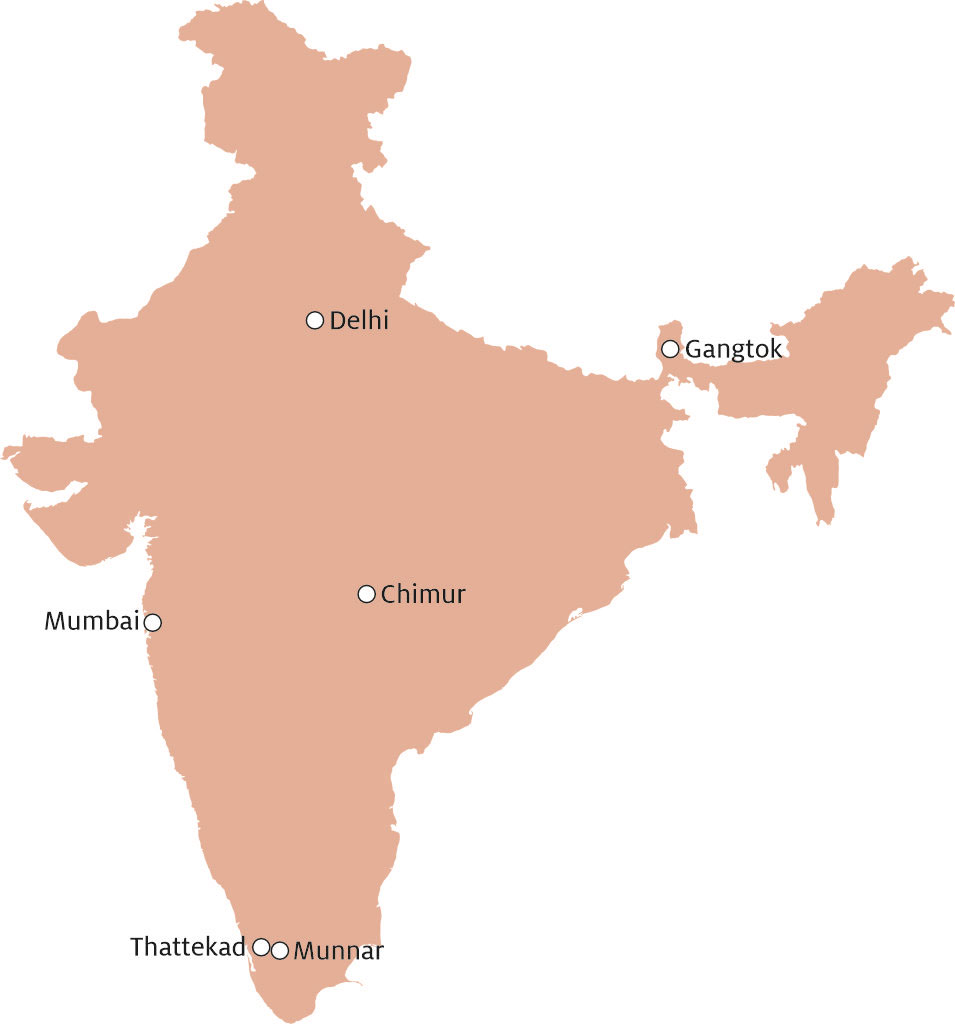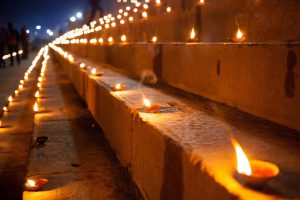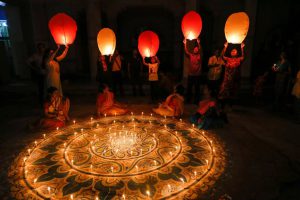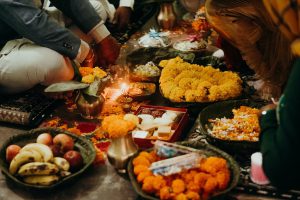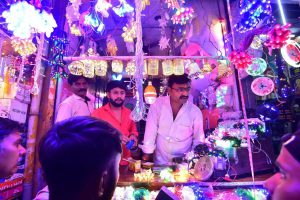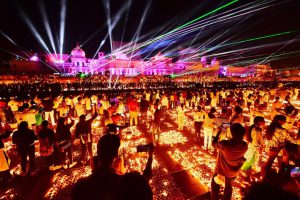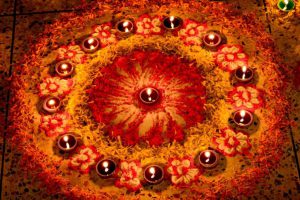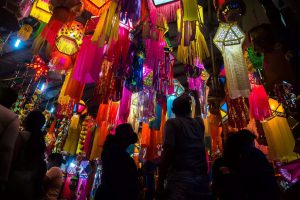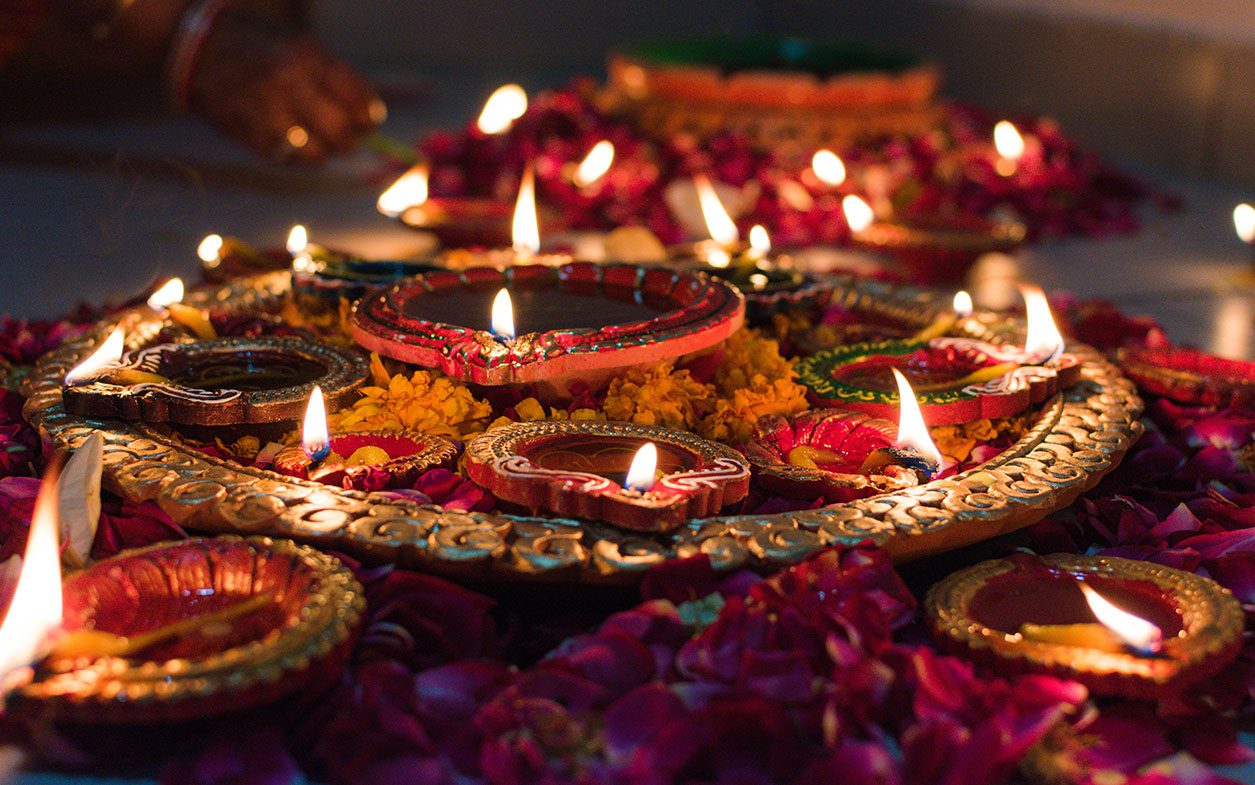
art of travel
What’s New
STAYS TO WATCH OUT FOR
New Hotels
We Are Excited About
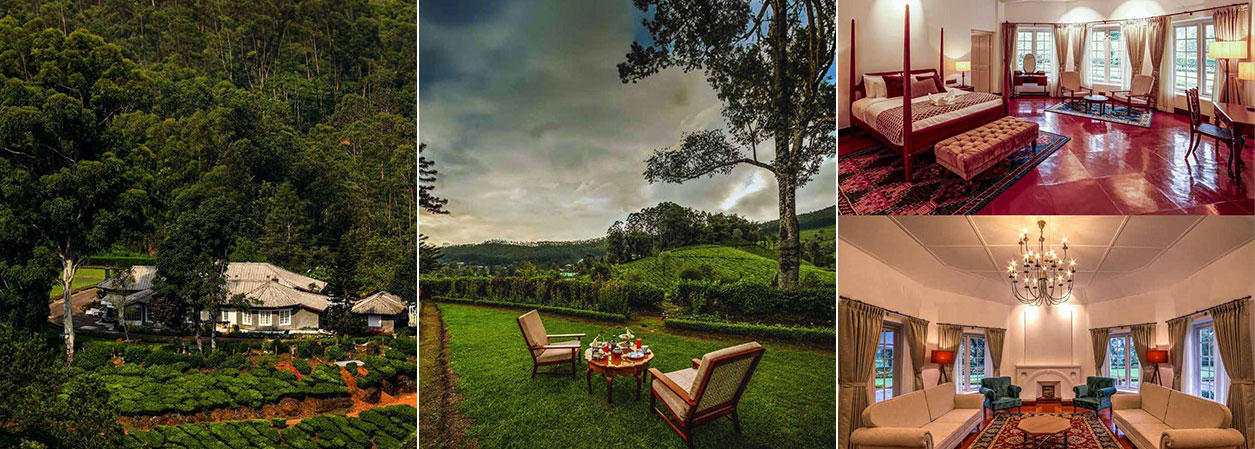
Lockhart Bungalow, Munnar
Nestled within Munnar’s famous 1500-acre Lockhart Tea Estate, this idyllic retreat by CGH is one of the three colonial-era bungalows of the estate. Lockhart Bungalow features three well-maintained rooms with views of rolling hills and tea gardens. While staying at Lockhart Bungalow, guests can visit the Lockhart factory and museum to see how tea is picked, processed, and shipped, take a scenic drive through forests and tea estates to the Anayirangal dam, enjoy a sumptuous picnic lunch in the midst of sloping tea gardens, or simply walk around the property. The Bungalow is accessible by car and jeep.
Get in touch with your relationship manager to know more
EXPERIENCES TO WATCH OUT FOR
New Experiences
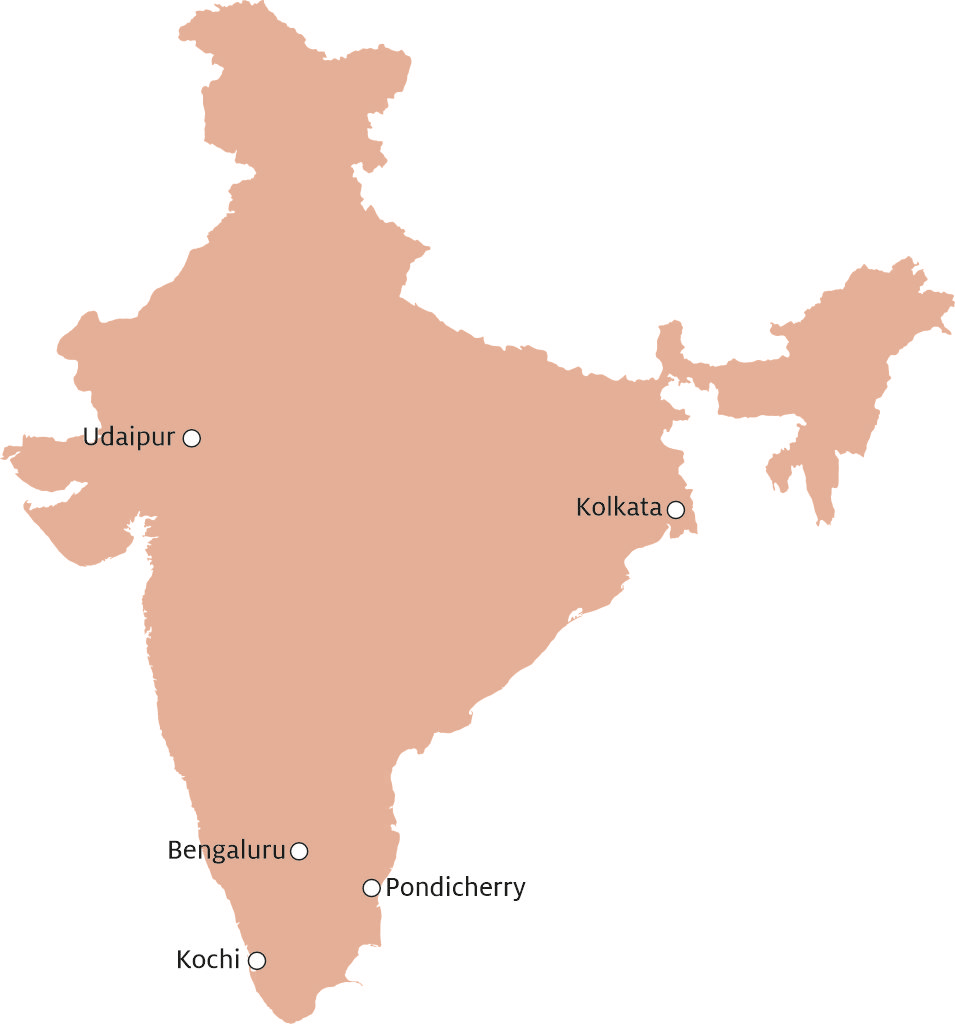
- Art of Hand Colouring, Udaipur
- Historic Hooghly, Kolkata
- Big Vineyard Tour and Wine Tasting, Bangalore
- Pondicherry Food Trail, Pondicherry
- Breaking Boundaries: Celebrating the Women of Kathakali, Kochi
- The Cochin Saga – History and Many Stories, Kochi
We Are Excited About
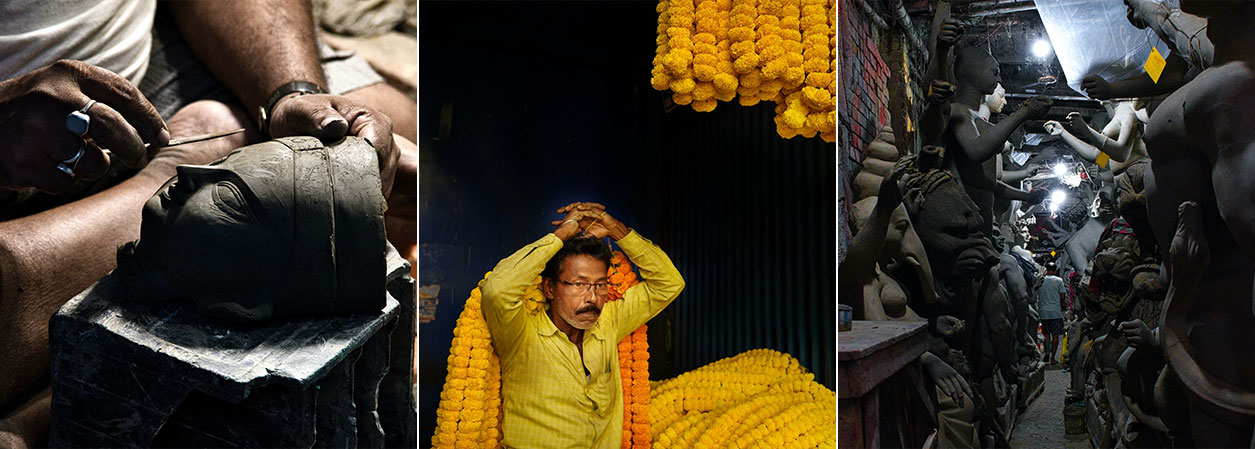
Historic Hooghly, Kolkata
Hooghly, a tributary of the Ganges is integral to the very identity of Bengal. It gives and sustains life for the millions that depend on it. From the wrestlers who exercise on its soft clay to the boatmen who ferry people across, from the flower sellers who need the water to keep their produce fresh to the boys who throw magnets and retrieve coin offerings from its bed. Join us in exploring this visual, aural, and olfactory riot – it’s the buzz of life.
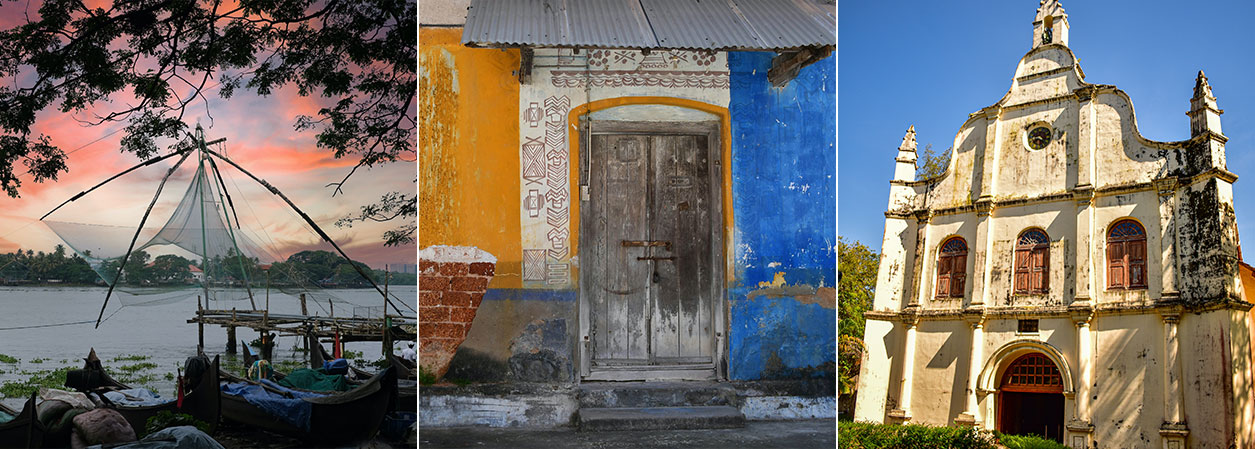
The Cochin Saga – History and Many Stories
A series of events – geopolitical and ecological – turned the idyllic port city of Cochin into a global hub of Spice Trade. Incidentally, this changed the world in more ways than we can imagine. Explore this and many other stories about Cochin’s past and present as you traverse its streets full of stories of feuding Rajas, Chinese Sailors, Jewish Merchants, and European Explorers!
Get in touch with your relationship manager to know more
ITINERARY OF THE MONTH
Quilting in India
Routing: Mumbai – Bhuj – Ahmedabad – Jodhpur – Udaipur – Mumbai
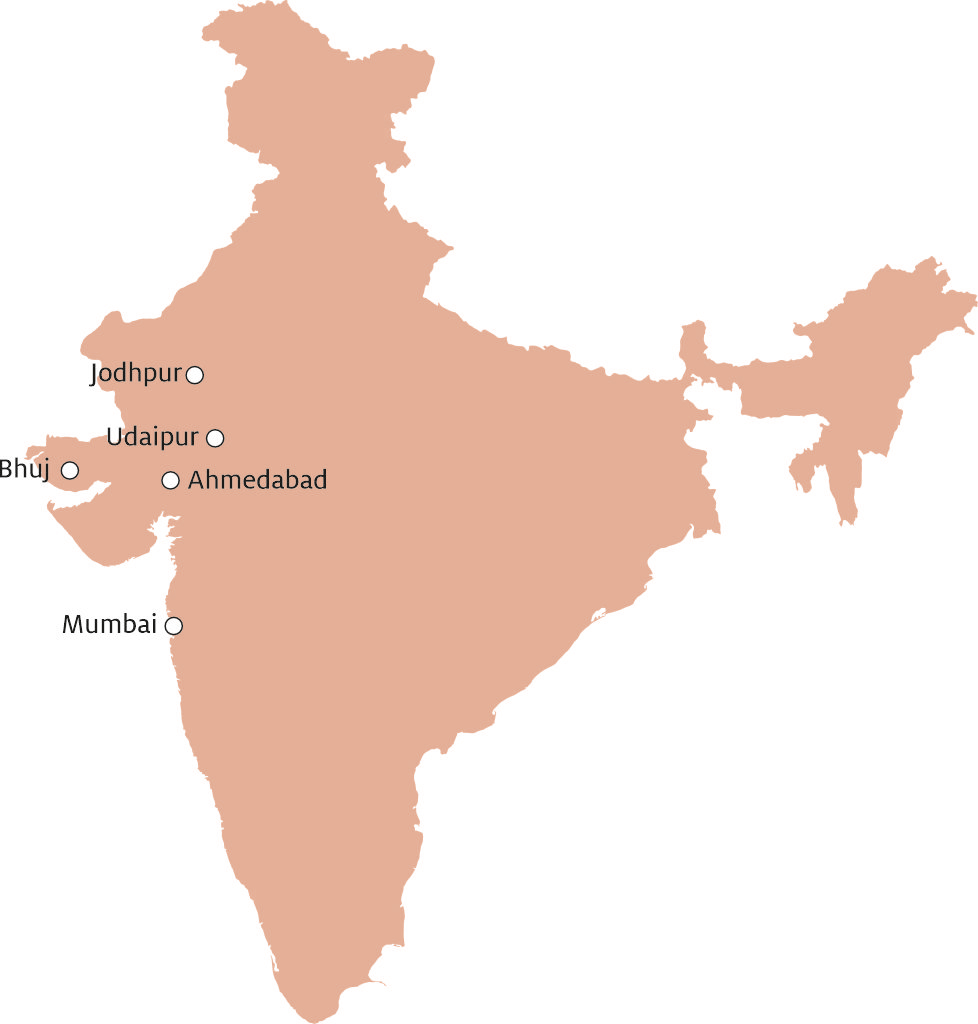
Highlights of the Tour
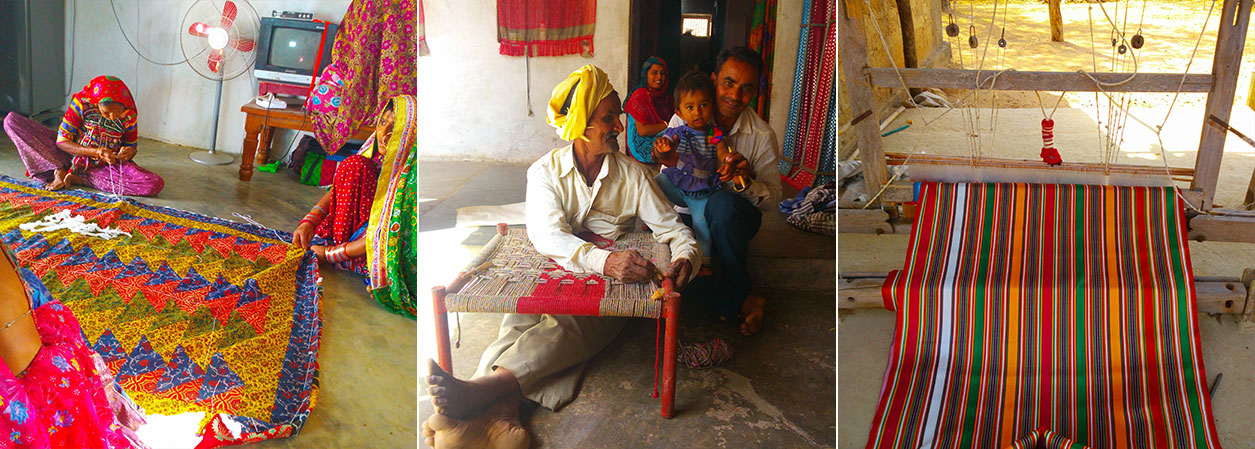
- Interact with a rare textile collector to understand the vast world of India’s textile traditions.
- Learn different types of quilting, patchwork, and appliqué skills from master artisans.
- Visit the Calico Textile Museum, one of the most celebrated institutions of its kind in the world.
- Attend a private folk music concert in the Thar Desert.
Get in touch with your relationship manager to know more..
NEW SERVICES
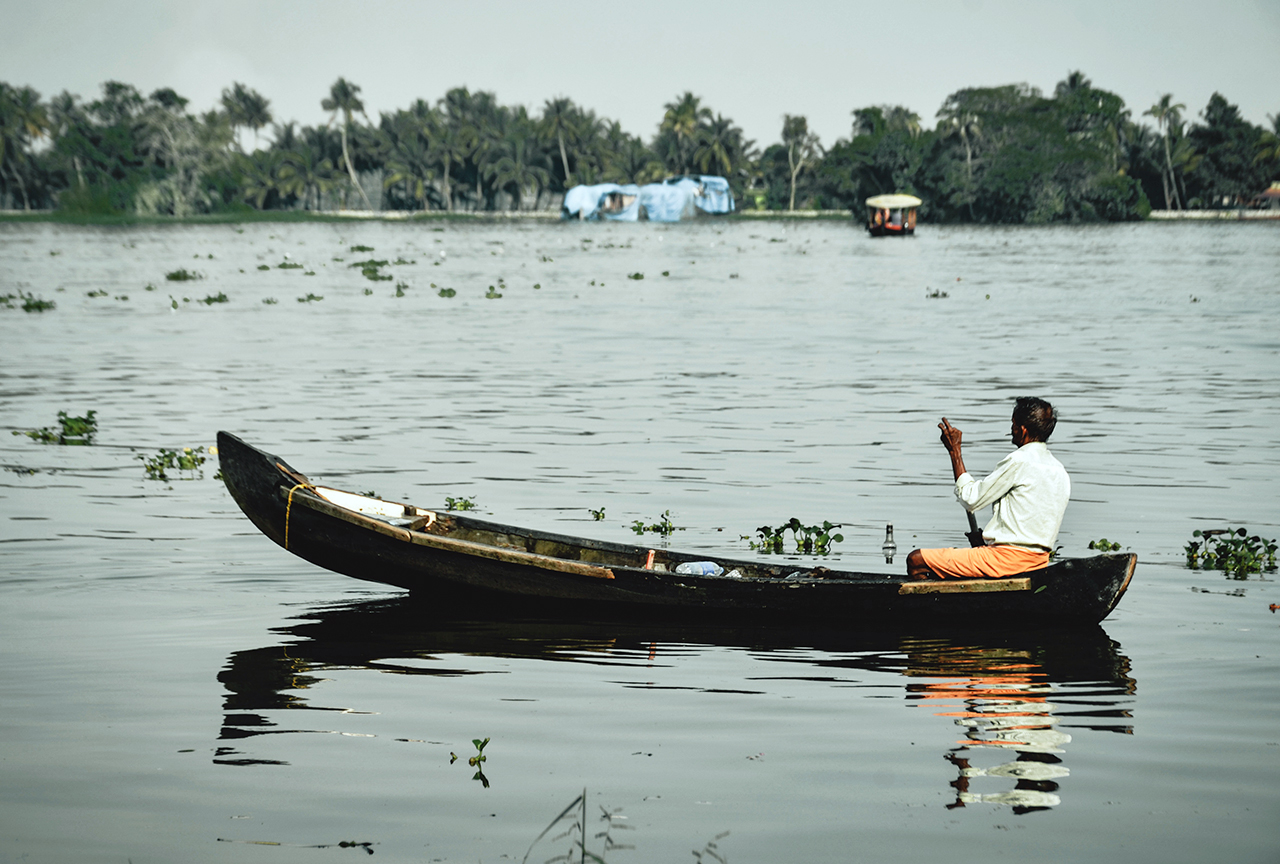
New 4-bedroom Luxury houseboat by Kumarakom Lake Resort
Kumarakom Lake Resort has launched its new 4-bedroom Luxury houseboat which has an upper deck glass-covered cabin. The houseboat can be used for overnight cruises, day cruises, and even small conferences and events. The sitting capacity on the upper deck is for 80 guests. This boat will be based in Kumarakom. The routing for overnight and day cruises would be Kumarakom – Alleppey – Kumarakom.
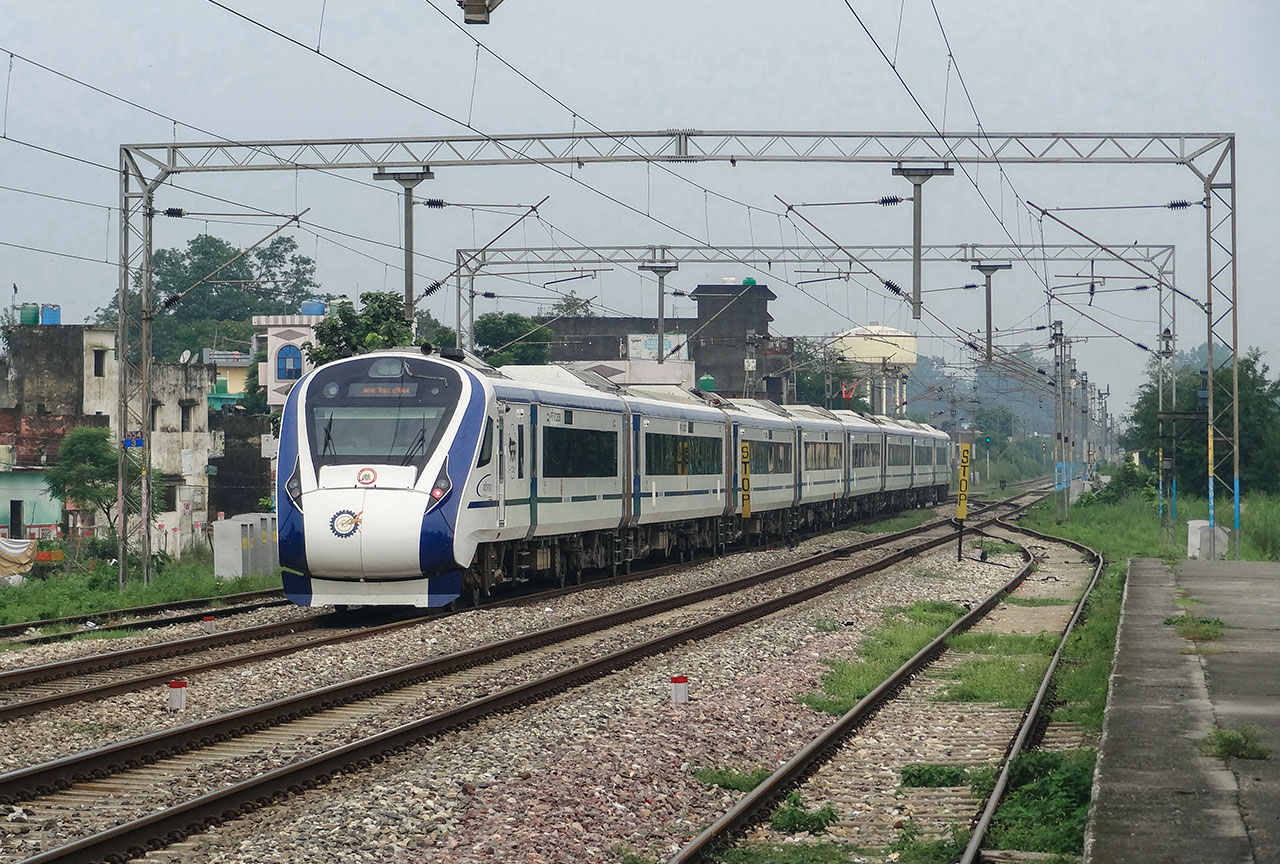
New Daily Non-Stop Flights and Trains
- Daily Direct flight between Kolkata – Jharsuguda – Kolkata by Indigo Airlines from 05th November 2023
- Daily Direct flight between Bengaluru – Jharsuguda – Bengaluru by Indigo Airlines from 05th November 2023
- Vande Bharat Express between Jaipur – Udaipur – Jaipur operating all days of the week except Tuesdays
- Vande Bharat Express between Chennai Egmore – Tirunelveli – Chennai Egmore via Madurai operating all days of the week except Tuesdays
Get in touch with your relationship manager to know more
Stories from India
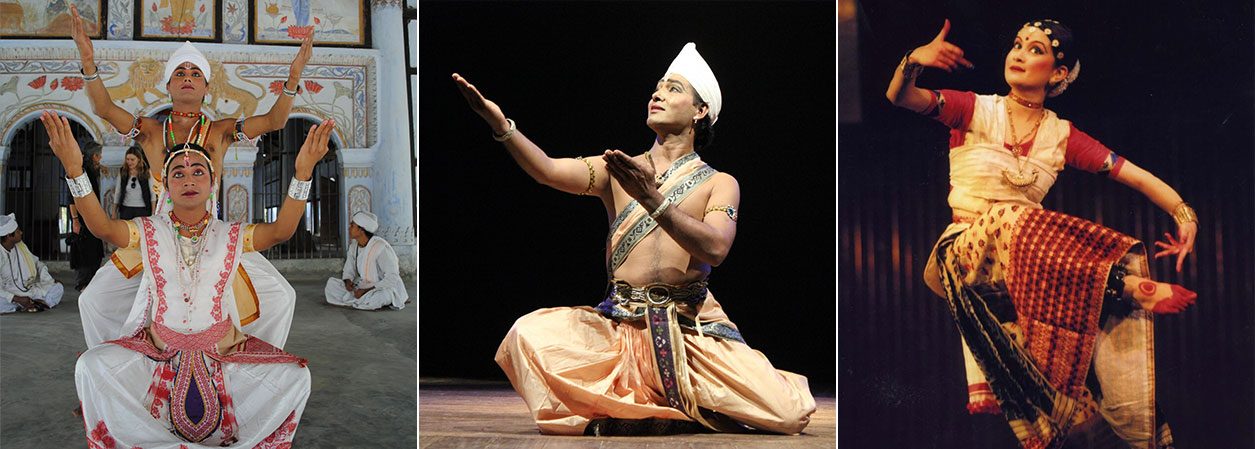
Sattriya – the Dance of Bhakti Rasa
Sattriya from Assam is one of India’s eight classical dance forms which is known for its intense emotional fervour. This over 600-year-old highly stylised dance form combines Yoga with Nritya (dance), Natya (drama), Sangeeta (music), and Abhinaya (acting) as means of ritualistic worship and awakening Bhakti (devotion) Rasa (emotion) in the minds of the audience.
Unlike the other classical dance forms of India, the first generation of Sattriya dancers of the early twentieth century in Assam didn’t face any social stigma and were held in high regard by society. Nor was the dance form ever looked down upon by society. The story of Sattriya, however, began as an exclusively male domain in the splendid isolation of Majuli, Asia’s largest freshwater river island on the river Brahmaputra, and was performed by the male monks in the Sattras (monasteries) for nearly 500 years. Sattriya was inspired by the Ojapali, an age-old shamanistic tradition of Assam where the main singer sings and enacts stories of a folk deity, a particular snake Goddess with a group of backup dancers playing small cymbals. Very interestingly the journey of a Sattriya student begins with Mati Akhora which means to exercise on the ground. Mati Akhora has several parallels with the tradition of Yoga and is considered the grammar and structural basis of this theatrical dance form. It is only after mastering the Mati Akhora that a student is taught the other dance moves. Researchers opine that there are over 120 Mati Akhoras that focus on utha (rising); boha (squatting), thiyo (standing position), chalana (gait), pak (turns and spins), jap ( jump) et al – an entire regime which prepares a student physically, mentally and spiritually for the rest of the journey.
The hastas (hand or finger gestures) and the footwork of Sattriya are accompanied by a vocalist singing the Borgeet (or Great Song of devotion), and musical instruments such as the Khol (a traditional drum) and Taal (cymbals). Religious lore and mythology are the main themes of the Sattriya dance and for nearly 500 years this dance form remained confined within the Sattras of Majuli where music, dance, and art are still practiced as ways to salvation. The majority of the Sattras practice celibacy where everything worldly is renounced and religious purity is sacrosanct. This perhaps explains why Sattriya remained an exclusively male domain where even female characters were enacted by males. In the 1920s, a Sattriya Maestro from Majuli named Rasheswar Saikia Barbayan, inspired by Bishnu Prasad Rabha, poet, musician, freedom fighter, and firebrand tribal communist leader of Assam, took Sattriya to Guwahati from the sacred space of the Sattras. His idea was to make Sattriya secular and accessible to everyone, including women, and free it from the shackles of patriarchy. The rest they say is history. Indira PP Bora and her daughter Meneka PP Bora are now considered the doyens of Sattriya in the urban space. The mother-daughter has not only performed all over the world but also brought innovation to this sacred medieval dance form in terms of hand gestures, footwork, and other aesthetics.
Guests on a holiday in Assam can witness a Sattriya Dance performance in a monastery at Majuli, Asia’s largest freshwater river island.
Get in touch with your relationship manager to know more.
Sustainability and Us
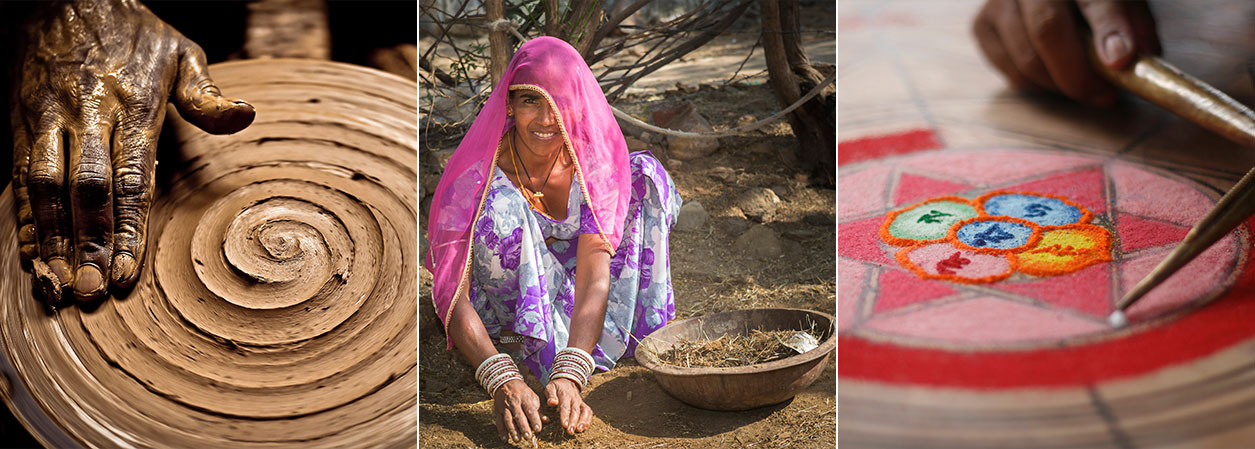
Top 10 Tips to make Familiarisation Trips to India Sustainable
- Choose locally-owned accommodation providers: Smaller hotels provide guests with a more authentic and unique experience. Incorporate authentic homestays, family-run properties, and farm stays into the itineraries.
- Promote Sustainable Experiences: Promote experiences that involve the welfare of the local communities.
- Discourage animal activities: Discourage any animal-related activities.
- Work with local guides: Locals know the best-kept secrets. Nothing beats the knowledge of local guides who know all the secret nooks and crannies of a location. They know the best places to go for a walk, the best museums, and must-try local dishes.
- Include lesser-known places to avoid overcrowding: Instead of highlighting only the most popular locations of a destination, create a balance between the famous and the less visited areas.
- When possible, book direct flights or avoid internal air travel: Avoid domestic flights and opt for trains, coaches, boat rides, and public transportation. It is recommended to replace cycle rickshaws with e-rickshaws. Trains are the lowest carbon means of travel and the most comfortable means of transportation. Also, they offer scenic routes on the way to destinations.
- Embrace Active Travel: Promote active travel by incorporating hiking or walking, sleeping in tents amidst nature, yoga, or cycling in the countryside.
- Promote Slow Travel: Spend more time in a destination with the idea of connecting to local people, cultures, and food.
- Use Reusable water bottles: Plastic takes nearly 400 years to break down, and 91% of plastic products are never recycled. A reusable bottle that can be refilled infinite times replaces all of the plastics we might have used, and thus reduces both our carbon footprint and the plastic strain on landfills, oceans, rivers, and other places where plastic waste ultimately ends up.
- Do not provide printed documents: Also a personalised welcome is far better than placing a welcome letter in the room.
Explore
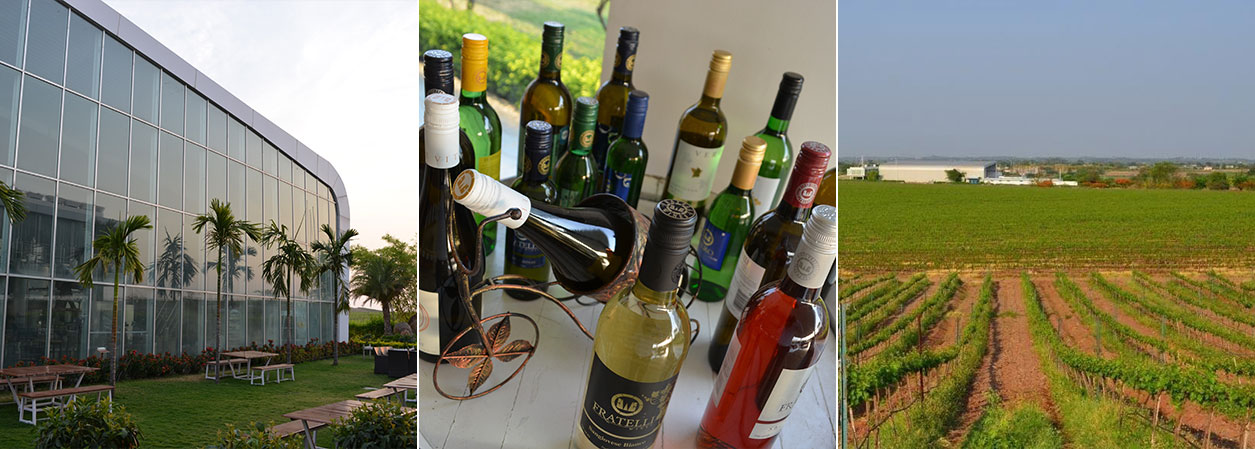
Fratelli Vineyards, Akluj – A haven for Oenophiles
From the Travel Diary of Inderjeet Rathod, Business Support, Destination Knowledge Centre
The 240-acre Fratelli Vineyards at Akluj is located 331 kms southeast of Mumbai. There are about 12 different varieties of grapes, imported from France, and planted here to produce the finest wines of India.
Wine is best enjoyed at leisure. Similarly, learning more about wines requires leisurely time at hand to fully understand and appreciate them. For a truly enjoyable ‘Wine Tour’ one needs to stay for at least 3 nights at Fratelli Vineyards in Akluj. Experienced Sommeliers are often heard saying – ‘Let the Wine speak for itself’. The wine-tasting session at Fratelli Vineyards is much like having a tête-à-tête with the local terroir.
Best time to visit
The months between August and March are ideal to visit the vineyards as they are lush green but if you are flexible, we would suggest visiting during the harvest months (January – March). This is the best time to visit because the vineyards are laden with grapes and there are lots of activities and events (grape stomping, wine master classes, etc) scheduled for those months.
Activities at Fratelli Vineyards
A Vineyard tour followed by a guided walk inside the Winery:
Fratelli Wines owns 240 acres of land in three villages around Akluj – Motewadi, Garewad, and Nimgaon. All these villages are about 10 – 15 km away from each other. To go explore the Vineyards one has three different options at disposal – Just walking through them; riding an ATV (All-Terrain Vehicle) on the dirt tracks through the rows of vines or riding in a military styled open–top jeep owned by Fratelli.
Motewadi Vineyards are located adjacent to the Winery and the Guest House. Though not the largest among them, it does cover a huge area at this location. The Vineyards here can be explored either on foot or on ATVs. However, to visit Vineyards in the other two locations – Nimgaon and Garewad, one has to use a larger vehicle that is available at your disposal – either your own car or the open–top jeep owned by Fratelli.
Garewad Vineyards are located near Syrah Hill, a quick 15-minute drive from Motewadi. On top of a small hillock here, a small shack has been built by Fratelli which commands a majestic 360-degree view of the vineyards below. Inside the shack, there are wooden planks that double up as tables and benches. There is no better spot for a leisurely sip of wine followed by lunch, which the Fratelli Staff carries from the Guest House. While coming back to the Winery from Garewad Vineyards, one can visit Nimgaon Vineyards, which are devoid of any place to sit and observe.
During the Vineyard Tour, one of the senior staff at Fratelli Winery accompanies you to tell you more about the varieties of the imported grapes planted in the vineyards. Around 3,50,000 vine saplings were handpicked in France and Italy and brought in here to be planted at this acreage.
If you happen to visit the Vineyard between the last week of January to about the last week of February, you can also get to see the harvesting of the grapes being done by the local workers.
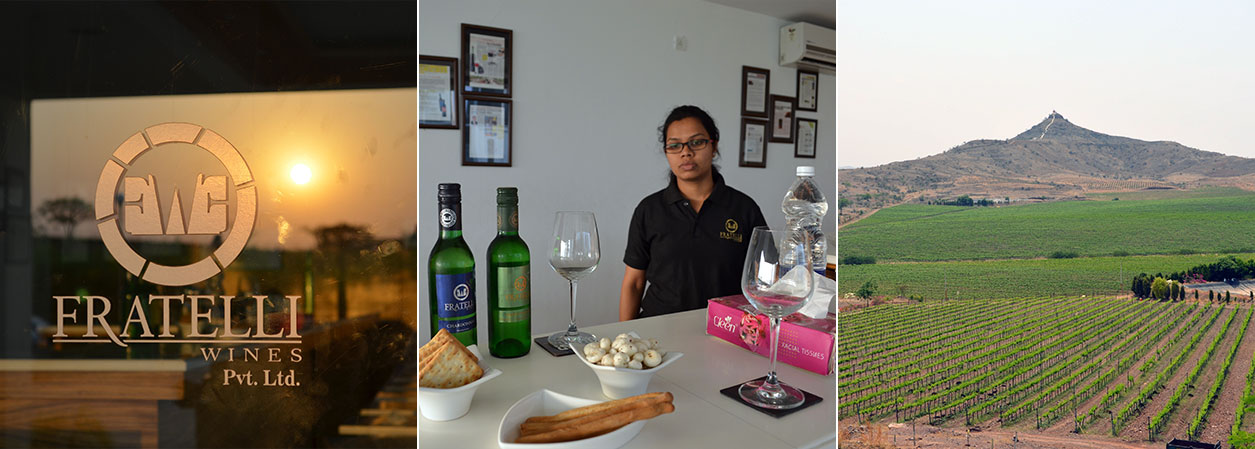
A Tour of the Winery:
A supervisor from the Winery is assigned to guests to show various stages of Wine processing. It starts from the Harvesting Room’s Crushing Section where you get to see the De-stemmer Crusher machine. The freshly plucked bunches of grapes are first dumped here initially. This machine then separates the grapes from their stems and then crushes them mechanically with a sterilized rubber crusher. Thereafter the remainder is transferred into the Pneumatic Press machine, where the mechanically crushed grapes are pressed in a vacuum. The juice that comes out of it is then transferred directly to the fermentation tanks using sterilized hoses. It is kept unmoved in the tanks for 24 hours to allow the solids in the juice to settle down. Later the clearer part is taken out and transferred into another Fermentation tank. Here yeast is inoculated into the juice, which consumes the sugar and converts it into alcohol. There are three types of Tanks available here – 20,000-litre capacity, 10,000-litre capacity, and 5,000-litre capacity. All the Fermentation tanks are insulated with dimpled steel jackets to maintain an ambient temperature which is of prime importance in the process of fermentation. After the fermentation process is complete the juice gets converted into wine. This is the time when raking is to be done. The dead yeast which settles down at the bottom of the tank is removed from the wine and discarded. The wine is then transferred into another tank. The wine is then kept in the tanks for about 3 – 4 months during which wine-stability or protein-stability processes are done. Finally, the wine is blended according to the different brands of Fratelli. There are 34 different brands of wines which are produced from 12 different varieties of grapes grown in the vineyards here.
A Wine-tasting session:
At Fratelli, there are three venues where a wine-tasting session can be organised. The first is the exclusive Wine-tasting Room on the ground floor of the Guest House adjacent to the Winery building. The second is the Cellar in the basement with a small room surrounded by wine bottles with a table in the centre and a spotlight on top of it. The third is the rustic shack at Garewad Vineyard with a 360° view of the surrounding area with rows and rows of vines planted neatly.
The best of the above venues is the beautifully decorated Wine-tasting room adjacent to the Winery building. There are framed photographs and descriptions of the various wine brands of Fratelli on the wall. One can also see several barrels bedecked with Fratelli Wine bottles displayed prominently. In the centre is a brand new, square-shaped, bar table and a few chairs with a few wine bottles kept on the wrought iron stands.
In the wine-tasting room cheese crackers, soup sticks, and roasted Euryale ferox seeds are laid out neatly on the counter. The host brings out a few bottles of different wines that are meant to be tasted. 3 of them are White Wines and rest 2 are Red Wines. A serving of 30 ml of each wine is given to the guests to taste. The host describes the highlights of each Wine in terms of ‘Vintage’; ‘Grape Type’; ‘Tasting Notes’; ‘Suggestions for pairing’ and ‘Serving temperature’.
Accommodation
Fratelli Guest House:
Fratelli has an onsite Guest House with 04 large rooms, located just next to their State-of-the-Art Winery building. Constructed in an ultra-modern glass and steel frame and finished completely in white, the exterior is undeniably classy. All the 4 rooms are furnished quite tastefully. Each room has a king-sized bed and a spacious attached washroom.
There is a lounge down the alley which faces the Vineyards on one side and the Winery on the other. It has a large and comfortable sofa set in one corner facing a 50-inch LCD TV; in another corner lies a pool table; a 4-seater coffee table is placed in another; and a huge 10-seater dining table occupies space in the remaining corner. There is an open modular kitchen and a well-stocked double-door fridge with bottles of Fratelli Wines. A small team of helpers at the Winery takes care of the hospitality in the Guesthouse. The cook at the Guesthouse can prepare simple Indian and Italian dishes; he takes prior orders from the guests before preparing the food.
Accessibility
Fratelli Vineyards is best accessed from Pune by road, being only 185 km. It takes about 4 hrs from Pune to reach Fratelli Vineyards.
Nearest Airport: Pune.
Weaving it into an itinerary:
Mumbai – Nasik- Aurangabad -Pune – Akluj – Ganpatipule – Sawantwadi – Goa
Inspiration
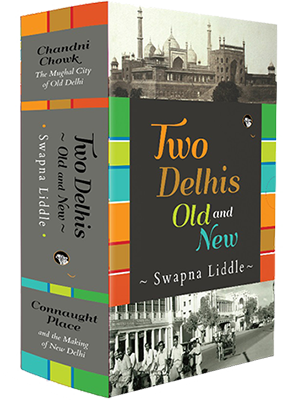
Book Review by Bene Eapen
Title of the Book: Two Delhis Old and New
Name of the Author: Swapna Liddle
Language: English
My View: In this book, Swapna Liddle paints a vivid picture of Chandni Chowk and Connaught Place; their rise, and the connection that they hold together from the pre-partition era to present-day Delhi.
My Rating: Must Read
Central Idea of the Book:
Chandni Chowk: The Mughal City of Old Delhi: Swapna Liddle draws upon a wide variety of sources, such as the accounts of Mughal court chroniclers, travellers’ memoirs, poetry, newspapers, and government documents, to paint a vivid and dynamic panorama of the city from its inception to recent times. What we know today as Chandni Chowk was once a part of one of the greatest cities of the world—the imperial city established by the Mughal emperor Shahjahan in the seventeenth century, and named after him—Shahjahanabad. This is the story of how the city came to be established as the capital of an empire at its peak, and its important role in shaping the language and culture of North India.
Connaught Place and the Making of New Delhi: The origin of New Delhi can be traced to the Coronation Durbar in December 1911, where Emperor George V announced the transfer of the capital of the British Empire in India from Calcutta to Delhi. Swapna Liddle traces in fascinating detail the events that led up to that historic day: from the deliberations over the choice of location to the naming of the capital as ‘New Delhi’—to distinguish it from the old city of Shahjahanabad.
Festivals to Look Out For
Diwali, North India
12th November 2023
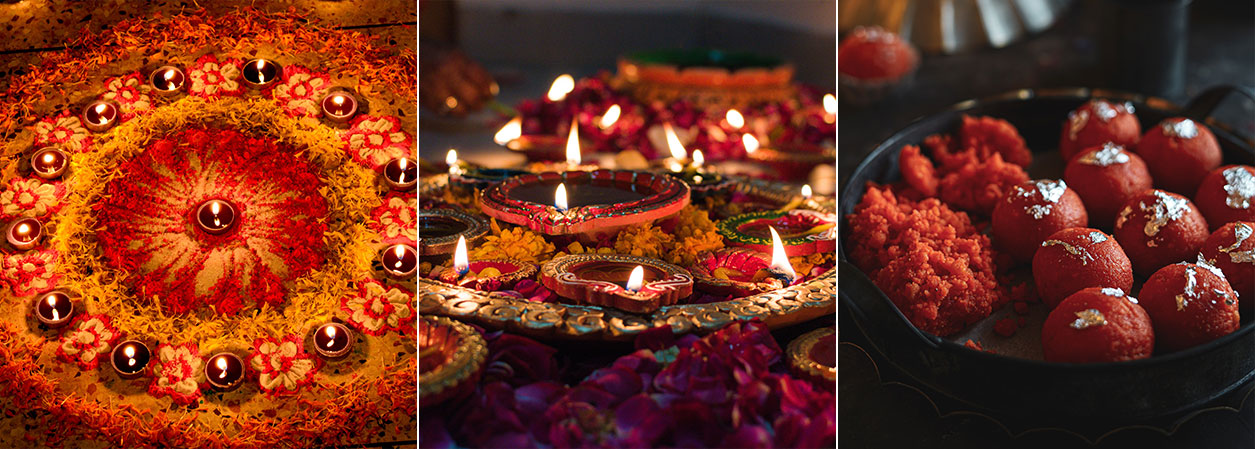
Diwali, the festival of lights, is seen as a time of renewal, prosperity, and growth. People clean their homes and decorate them with candles, earthen lamps, and lights. The tradition of lighting clay lamps in the house goes back many centuries. People from different parts of the country follow different rituals to celebrate Diwali. In north India, Goddess Laxmi is worshipped to invite wealth and prosperity, whereas, in Bengal, Goddess Kali is worshipped. In many other parts of north India, the festival marks the triumphant return of Lord Ram to Ayodhya. It signifies the victory of light over darkness and good fortune. It is one of the most awaited festivals in the country where people dress up in bright colours; spend time with their families, and exchange sweets and gifts on this day.
Insider Tip
Visit India in November to experience a memorable Diwali celebration with a local family. Participate in the evening puja alongside the family wearing traditional attires and immerse yourself in the rituals. A sumptuous home-cooked meal will be served. There will also be a delightful photo session capturing the precious moments making this Diwali celebration a cherished and memorable experience.
Get in touch with your relationship manager to know more about our Diwali Tour
RESOURCES
SITE LINKS
CONTACT US
+ 91 (124) 4563000
Tower B, Delta Square, M.G. Road, Sector 25, Gurgaon - 122001, Haryana, National Capital Region of Delhi, India


